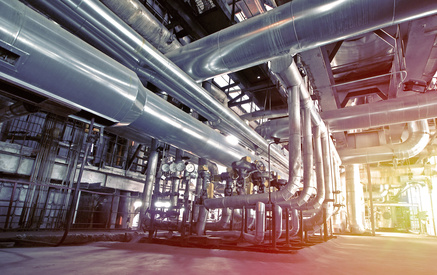
What is it?
Fault-detection and diagnostics (FDD) are systems that give commercial building owners better feedback on how their HVAC systems are operating. Current building automation controls systems have warnings that amount to a flashing red light, with little additional information (“Something bad happened!”). FDD systems take this to the next level and let the owner know precisely what the problem is and how to fix it. Some systems can even integrate with work order systems to dispatch people to make the repair.
How does it work?
FDD systems sit on top of the traditional building automation system, monitor the data provided, and are either programmed with rules or can learn over time when things go wrong. These rules can be tailored to the system, and can even provide some cost and savings estimates, depending on the system’s level of sophistication.
What are the most appropriate applications?
The best places for FDD systems are facilities where 1) the cost of failures are high (e.g. industrial facilities); 2) there is a large team of facility personnel who need help prioritizing issues; 3) owners want more proactive responses to issues; and 4) energy savings are a priority.
What are the savings?
These systems can save significant amounts of energy if used properly. For example, they can notify owners of equipment that runs too long, point out leaking valves, or identify broken sensors that cause excess energy usage, among other things. However, savings will vary dramatically depending on the owner’s previous facility upkeep and their aggressiveness to correct faults.
What are the non-energy benefits?
The primary benefits of FDD systems are reduced system downtime and better space comfort. Another non-energy benefit is reduced maintenance time identifying problems (although this can be offset by finding previously undiagnosed problems). Depending on the cost of downtime, maintenance, and space comfort issues, these non-energy cost savings may exceed the value of the energy savings.
What is the cost?
Costs vary widely depending on sophistication, size, complexity of the existing building automation system, and existing building automation system vintage. Expect to pay a few cents per square foot per year for the less sophisticated systems in simple buildings. Installing a top-of-the-line, custom FDD system in complex facilities can cost up to potentially a dollar per square foot per year.
What is the status/availability of the technology?
This technology is readily available through multiple vendors.
What kinds of incentives/programs are available?
Right now, this technology would typically be evaluated under Custom Rebate programs, but is sometimes found in retro-commissioning programs and Strategic Energy Management programs. Incentives will vary depending on customer specifics, but in general, it takes a project scope of at least 20,000 square feet to make a viable Custom Rebate project.




